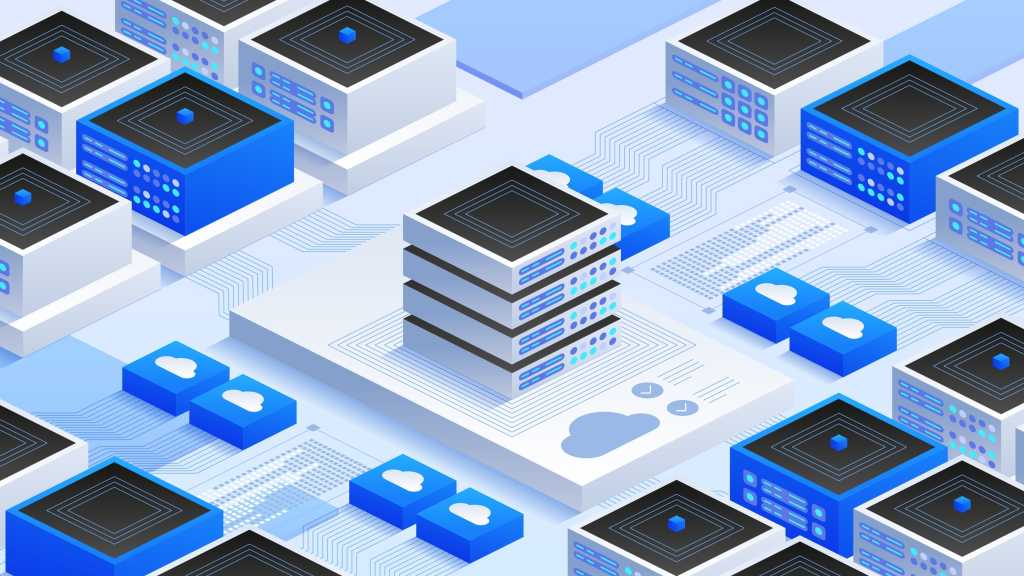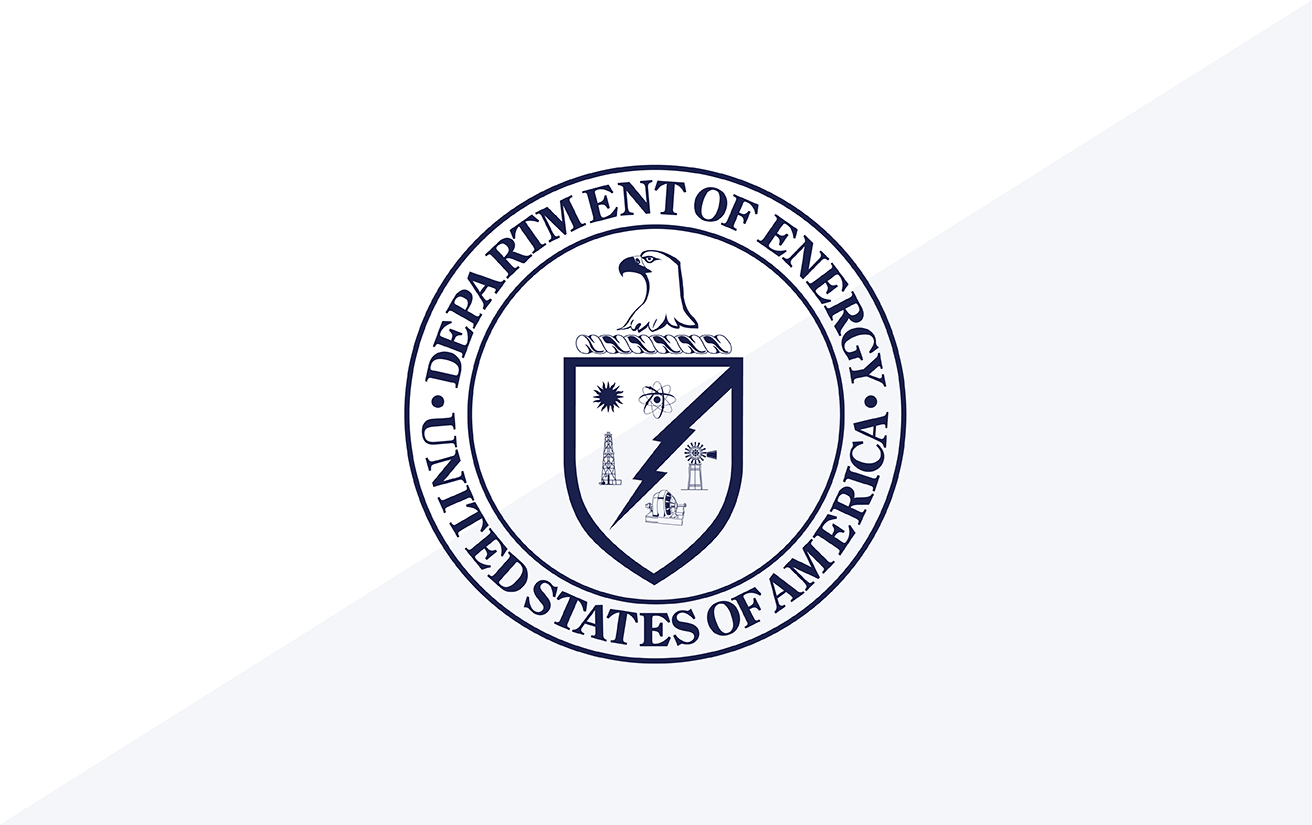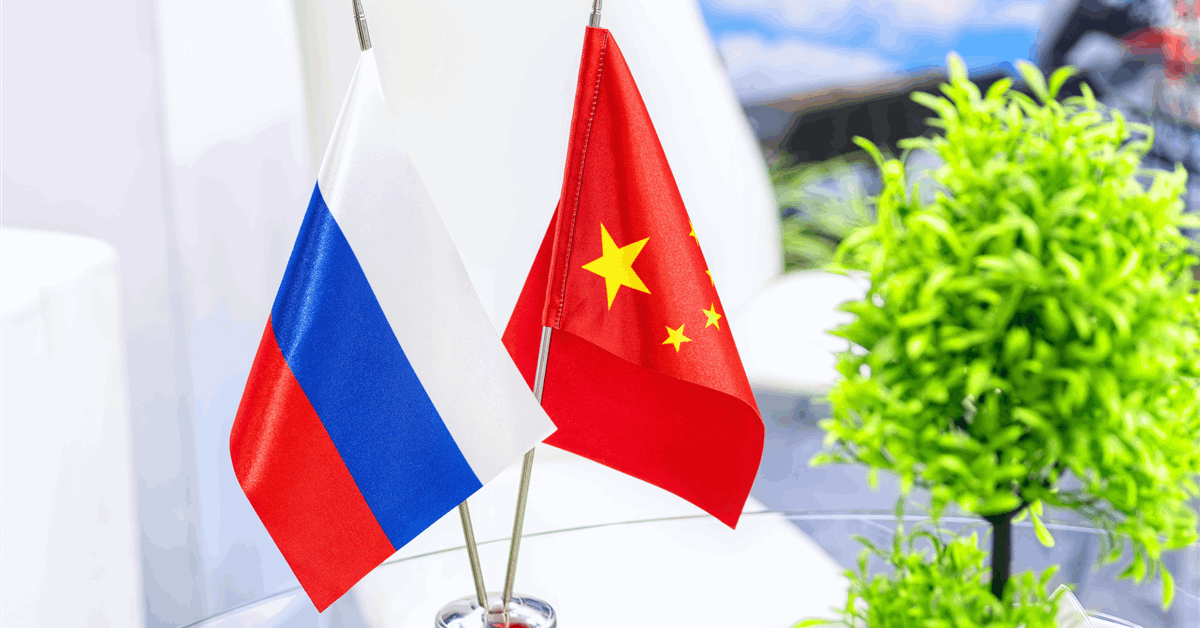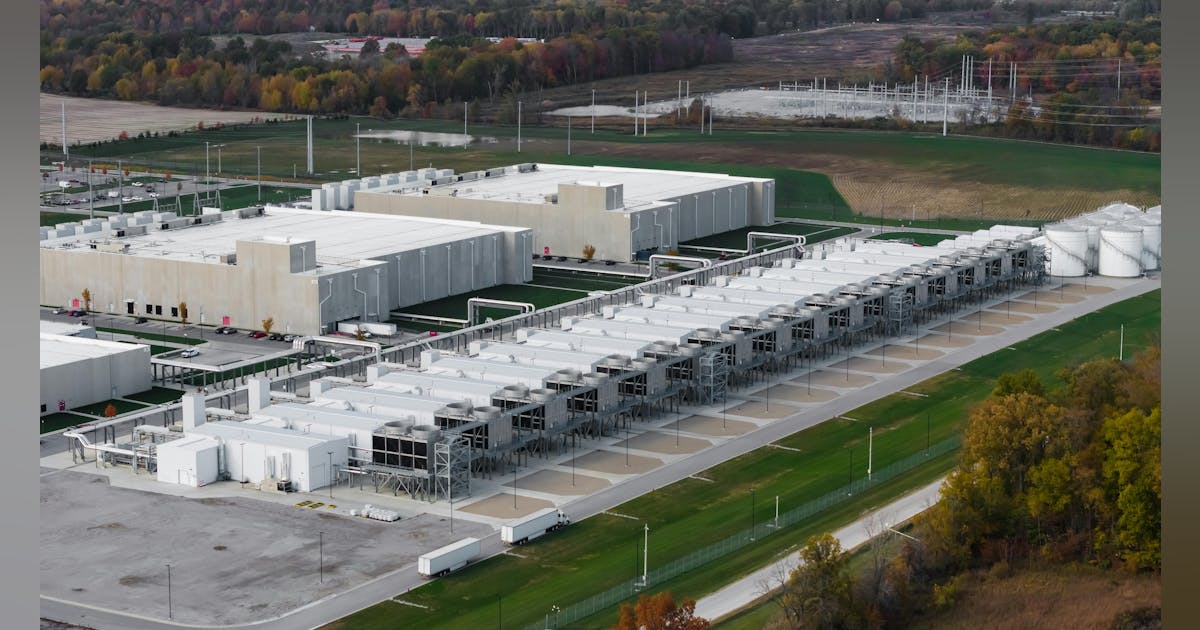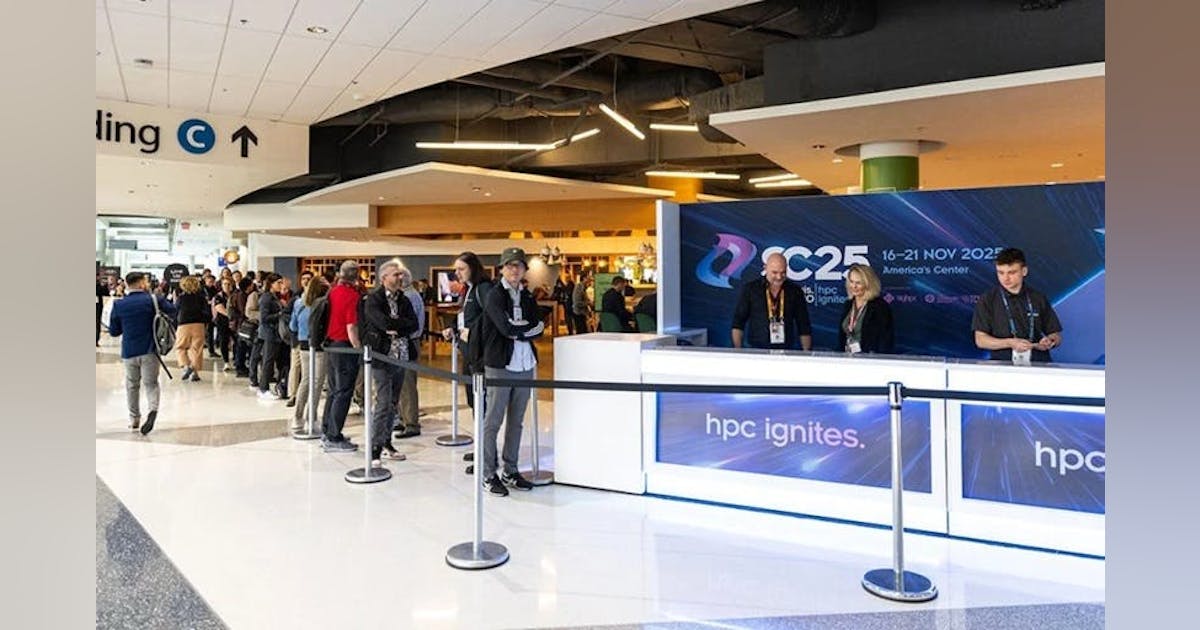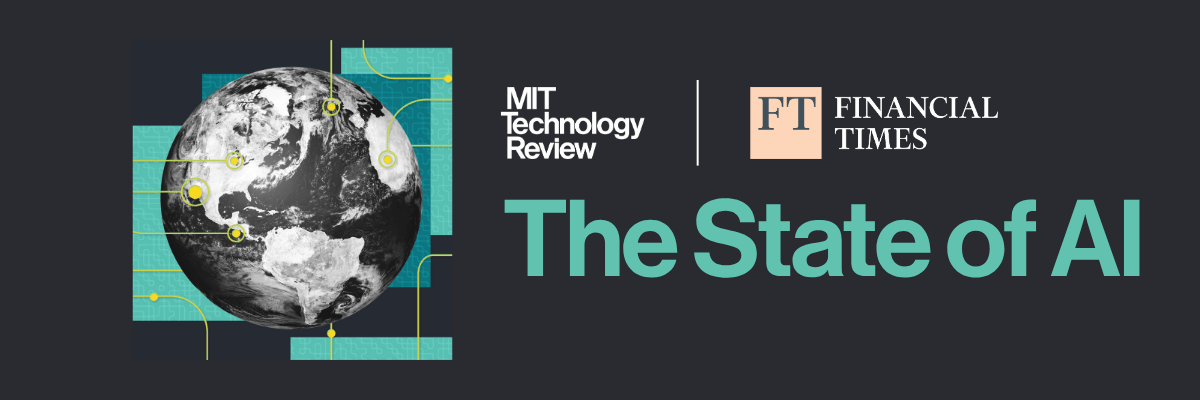
ICF International Inc. aims to capitalize on growing market opportunities with the acquisition of Applied Energy Group (AEG) from Ameresco Inc. This acquisition strengthens ICF’s position in key areas like energy efficiency, grid resilience, and decarbonization by adding a powerful technology platform and expert advisory services, ICF said in a media release.
ICF said that AEG brings a highly trusted cloud-based energy technology platform that centralizes the management of various demand-side management (DSM) programs. The platform offers real-time business intelligence and analytics to help organizations ensure programs provide grid reliability and affordability, ICF said.
ICF said that AEG enhances its capabilities with top-tier advisory services, encompassing market analyses, energy potential studies, and comprehensive program planning, design, implementation, and evaluation.
ICF and AEG have partnered on numerous utility programs and service projects for over a decade.
AEG is projected to generate approximately $30 million in annual revenue in 2024 at margins comparable to ICF’s overall commercial energy business, ICF said. AEG’s revenues are expected to increase at least at a mid-teens rate in 2025, and the transaction is anticipated to be immediately accretive to ICF’s non-GAAP EPS, ICF said.
“This transaction aligns with our strategy to extend our capabilities in ICF’s growth areas, with specific emphasis on our energy markets advisory and technology-enabled services”, John Wasson, ICF chair and CEO, said. “We are expanding our capabilities with an innovative, cutting-edge technology solution for utilities and state and local government clients that will drive added value for them, as well as their customers and stakeholders”.
“We are excited to see the AEG team transition over to ICF where they can continue to grow and complement the ICF portfolio of services”, George Sakellaris, President and CEO of Ameresco, said. “This successful divestiture will allow us to remain focused on our core businesses and the exciting growth opportunities within our target markets”.
To contact the author, email [email protected]
What do you think? We’d love to hear from you, join the conversation on the
Rigzone Energy Network.
The Rigzone Energy Network is a new social experience created for you and all energy professionals to Speak Up about our industry, share knowledge, connect with peers and industry insiders and engage in a professional community that will empower your career in energy.
MORE FROM THIS AUTHOR


